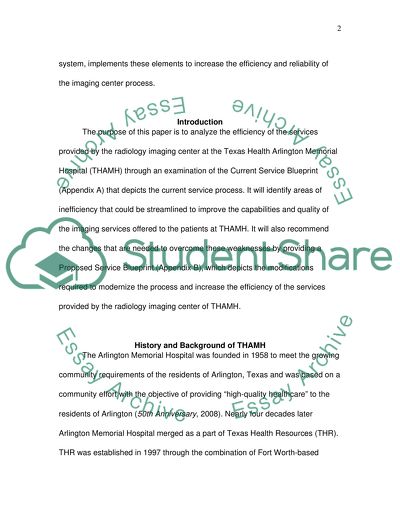Cite this document
(“Service Blueprint Essay Example | Topics and Well Written Essays - 2500 words”, n.d.)
Retrieved from https://studentshare.org/miscellaneous/1513355-service-blueprint
Retrieved from https://studentshare.org/miscellaneous/1513355-service-blueprint
(Service Blueprint Essay Example | Topics and Well Written Essays - 2500 Words)
https://studentshare.org/miscellaneous/1513355-service-blueprint.
https://studentshare.org/miscellaneous/1513355-service-blueprint.
“Service Blueprint Essay Example | Topics and Well Written Essays - 2500 Words”, n.d. https://studentshare.org/miscellaneous/1513355-service-blueprint.


